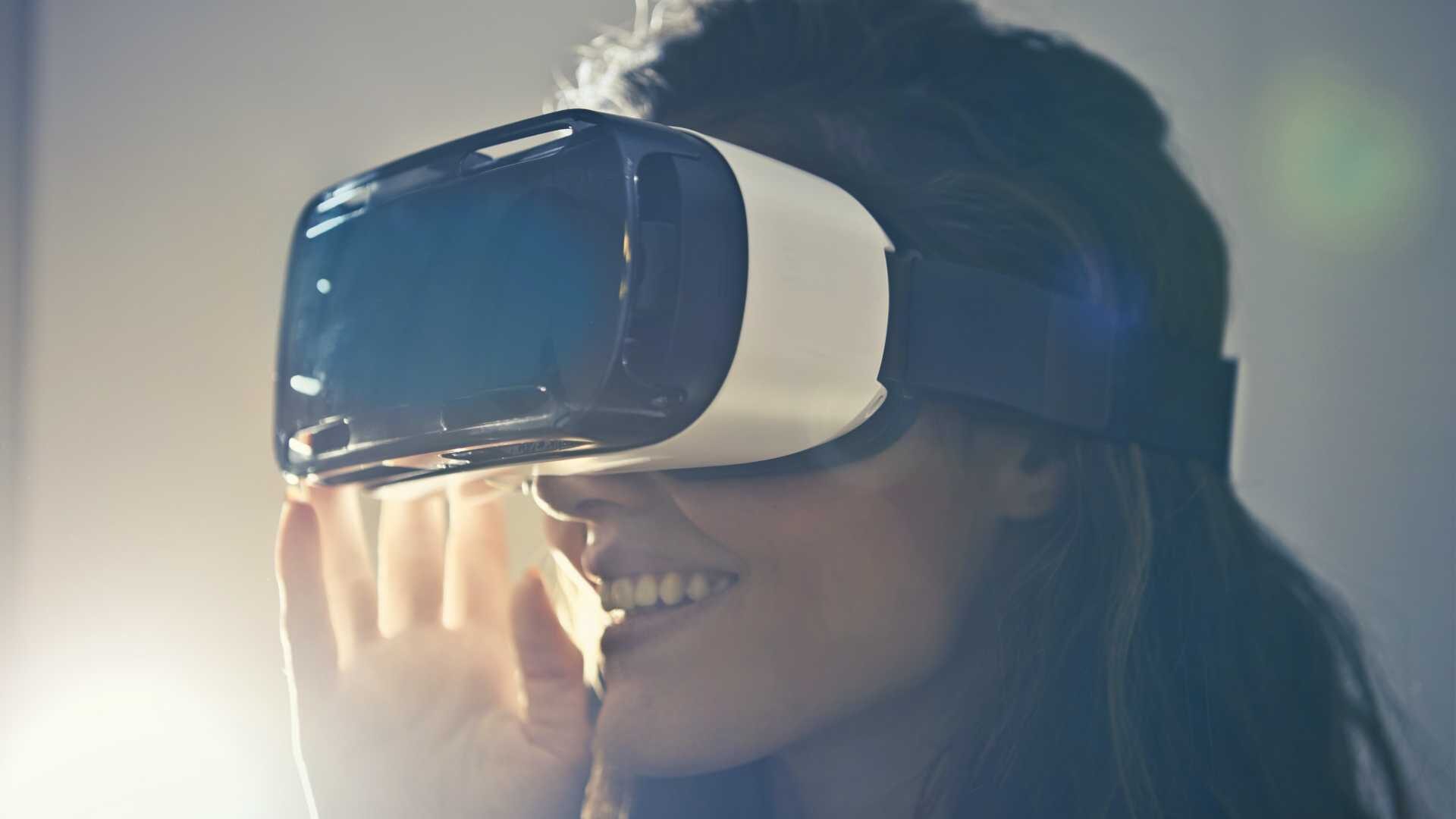“I find that many new hires ask for experiential learning without really knowing that’s what they want,” said a learning and development (L&D) professional recently. This statement highlights our recognition of the intrinsic value of experience as the practical application of knowledge and training, even when we don’t know what to call it.
The root of the Latin word experientia breaks down as “ex” and “per,” which roughly translate as “out of” and “to try” or “to risk,” respectively. The word “experiment” shares the same root, and we can trace its first known use in English back to the 16th century. Today, in the workplace, coming across the word is a daily … well … experience: experiential learning, the customer experience, the employee experience, the lived experience, the experience economy.
Experiential Learning in the Experience Economy
“Economists have typically lumped experiences in with services, but experiences are a distinct economic offering, as different from services as services are from goods. Today we can identify and describe this fourth economic offering because consumers unquestionably desire experiences, and more and more businesses are responding by explicitly designing and promoting them” (B. Joseph Pine II and James H. Gilmore, Harvard Business Review, 1998).
Businesses are catering to consumers’ growing desire for more experiences and fewer material things. An increased demand for experiential learning in the corporate setting is consistent with this trend. Modern workers want the same thing from training that they want from leisure activities: They want them to be memorable and satisfying.
Would your learners post or brag on social media about the training they’re receiving in the same way that they would post about a great dining experience or travel excursion? If you’re not seeing posts on LinkedIn waxing poetic about how great your onboarding program is, you may need to reexamine it.
“Experience on Demand” as a Mode of Learning
In a new research report, “VR Changes the Game for Soft Skills Training,” Future Workplace and Mursion surveyed more than 300 L&D leaders and found that 73% of them believe that one needs years of experience to develop soft skills — business-critical skills that are notoriously difficult to train for. Businesses don’t have the luxury of spending a lifetime developing the right skill set to innovate, pivot or simply compete.
Organizations benefit from hiring experienced professionals, and they will gladly (or begrudgingly) pay a premium to do so. However, not only is it expensive, but it’s also difficult to leave out of the employee mix recent graduates or workers in the early stages of their careers. There are an unprecedented five generations active in the workforce today, and there is a lot to gain from such diversity.
So, how can you provide the benefit of a lifetime of experience to a new or early-career hire? Enter virtual reality (VR) simulations. In his book “Experience on Demand,” Jeremy Bailenson, professor of psychology and communications at Stanford University, outlines how organizations can tap VR for a variety of simulated experiences, including in the corporate training context. According to Bailenson, VR is particularly well suited for what he calls “DICE” situations: dangerous, impossible (or rare), counterproductive or expensive scenarios.
While VR is usually associated with technical training and physical immersion, it can also be a conversational simulator. Bailenson’s DICE situations are not limited to the physical. Many conversations in the workplace can feel intimidating and dangerous, whether it’s mediating a conflict between direct reports, addressing microaggressions or interacting with a board of directors for the first time.
An organization could onboard an inexperienced employee and give him or her an antidote to that lack of experience in concentrated form by way of designed, simulated experiences in VR. In both hard and soft skills training, there is a multitude of applications for VR, from factory training to practicing how to give feedback in an empathetic way.
The Present and Future of Experiential Learning
The newest entrants to the workforce, Generation Z, are likely to drive a lot of change across the board, including in the practice of learning and development and human resources (HR). Whether it’s updating forms to be more inclusive (e.g., going beyond binary gender identifications) or transforming instructional designs to be more experiential or immersive, this generation is renegotiating a lot.
Additionally, as an adaptation to the global pandemic, remote work necessitates remote learning. With VR, it is possible to deliver effective and engaging training in a fully virtual way. An example is T-Mobile’s leadership program, which focuses on quick bursts of microlearning paired with experiential learning — ideal for enabling new leaders to practice managing changing business conditions. Cohorts of leaders participate in simulations of change management scenarios in which they must gain buy-in from an employee who is influential but resistant to change. In the end, nearly 90% of employees show competency in handling change management scenarios.
There are strong indications that remote experiential learning is here to stay — if not fully, then at least in hybrid formats. In Mursion’s recent survey of L&D professionals, more than 72% said that by 2022, they will have tried VR. There are three reasons VR is so alluring for corporate learning:
Firstly, it has a high experiential quotient. Its realism can give learners meaningful, effective training and “pre-experience.” For example, VR’s effectiveness is well documented in helping future pilots and surgeons develop fine motor skills.
Secondly, organizations can deliver VR training fully remotely, during the global pandemic and the “new normal” that will follow.
Finally, VR corporate training is a cousin to video gaming, making it a well-suited learning modality for the workforce of today and the future. According to market researchers at Newzoo, there were over 2 billion video gamers around the world in 2020. For over a generation, being a gamer has been part of these people’s identity — and yesterday’s gamer is tomorrow’s worker. It may be time to look at gaming and gamified experiential training as a way to provide a precursor to on-the-job experience to “de-risk” hiring, onboarding and training.
Editor’s note: Don’t miss our infographic on experiential learning, which shares insights from learning leaders like this one.









